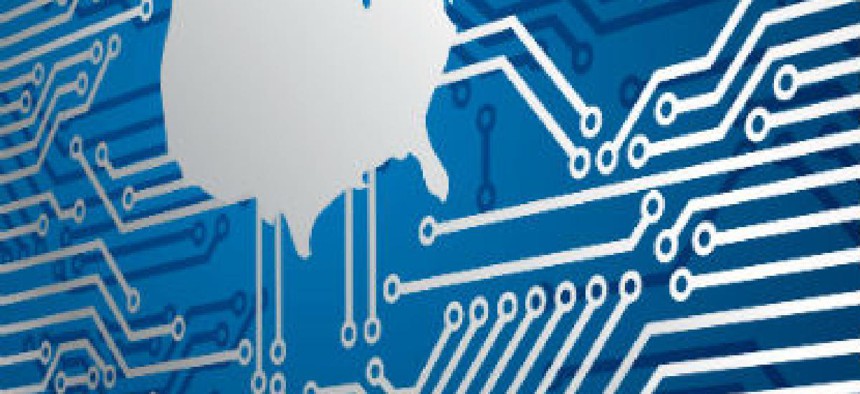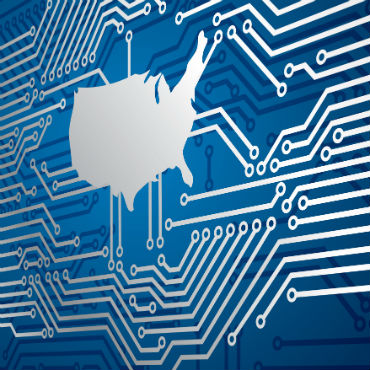OMB cyber group meeting with a dozen agencies on steps to improve security

New oversight program targets slow progress on two-factor authentication and other cybersecurity practices.

The Office of Management and Budget's six-month old cybersecurity oversight program is conducting a wider data-driven review of agency cybersecurity programs, according to Trevor Rudolph, chief of the Cyber and National Security Unit Office of E-Government and IT.
OMB formed the new E-Gov unit in February to oversee agency cybersecurity programs using the Cyberstat process under President Barack Obama’s 2016 budget plan. The process, Rudolph said, is helping shake out those agencies that need help implementing security programs like adhering to Homeland Security Presidential Directive 12 (HSPD-12) that mandates development and use of an interoperable smart ID card for civilian government employees and contractors. Agencies, he said, have had issues adopting the mandate.
Rudolph, who spoke June 9 at the Smart Card Alliance's 14th Annual Government Conference in Washington, D.C., said OMB is in the process of reviewing a dozen agencies under the Cyberstat process in fiscal 2015. He did not name the agencies.
According to Rudolph, civilian agencies have lagged behind in adopting Personal Identification Verification (PIV) cards that have strong identification authentication technology. He said only 42 percent of civilian government agencies have adopted the technology so far.
Some, he said, need a push to get going -- and OMB's dedicated E-Gov cybersecurity unit is there to do just that. "What we're trying to do every single day is reduce, or completely halt, the number of cyber incidents in which sensitive government information is compromised. Unless you've been living under a rock, you know that's a pretty difficult task.
Rudolph did not directly address the recent disclosure of a breach at the Office of Personnel Management that exposed personal data of four million past and present government employees. At the end of his presentation he said he would not answer questions about that breach because it is under investigation by OPM.
"Our mission is to strengthen federal cybersecurity through data driven and risk-based oversight," he said. The 2010 Techstat data-driven federal review program is the model for Cyberstat. Using data derived from agency operations, Cyberstat is a face-to-face meeting with agency leadership to get to the root causes of some implementation issues."
Two-factor PIV implementation, a key to knowing who is using a network, is lagging. The government-wide average for that implementation is 72 percent, according to Rudolph. Taking Department of Defense agencies out of the total brings the overall civilian agency implementation to 42 percent. "We're not doing too well," he said.
The figure is low, Rudolph said, because agencies have had budget cutbacks, and are constrained by legacy systems and other drags on their resources. However, he added that a significant number of agencies are just dragging their feet.
That's where the Cyberstat review helps, with data showing exactly where an agency's attributes and weaknesses lie. Rudolph said face-to-face, data-driven meetings with agencies lagging behind in some cybersecurity programs can provide the spur they need to bolster things like two-factor PIV and other identification efforts.
In an interview with FCW after his presentation, Rudolph said the meetings "articulate the challenges" an agency faces with cybersecurity.


